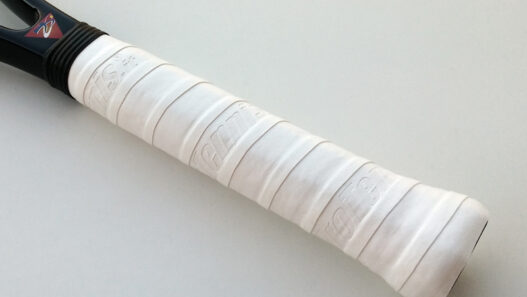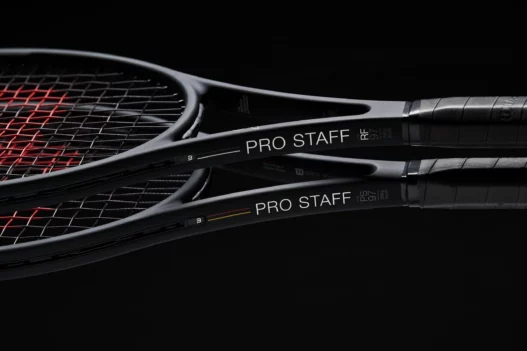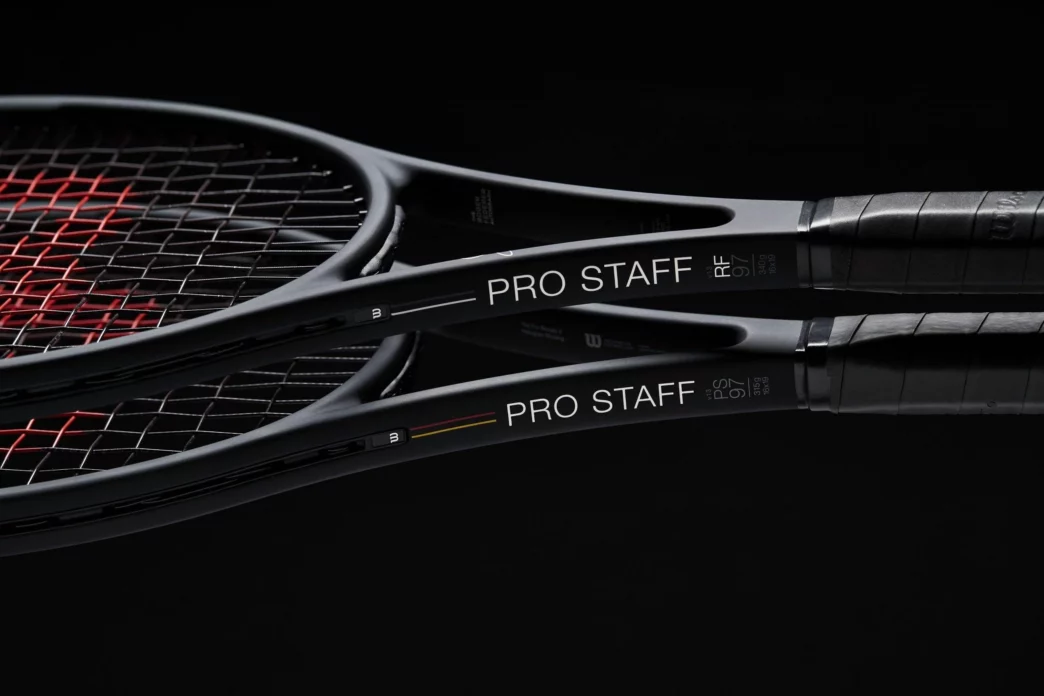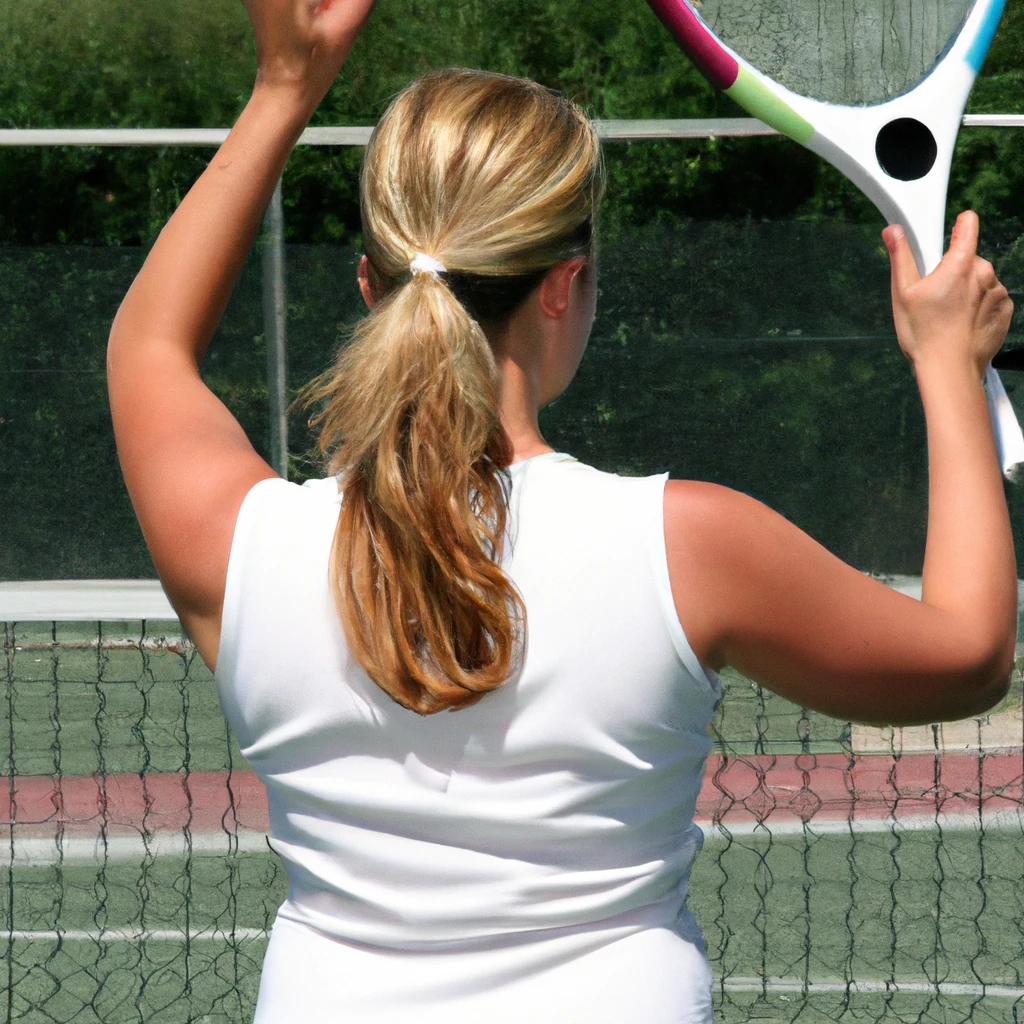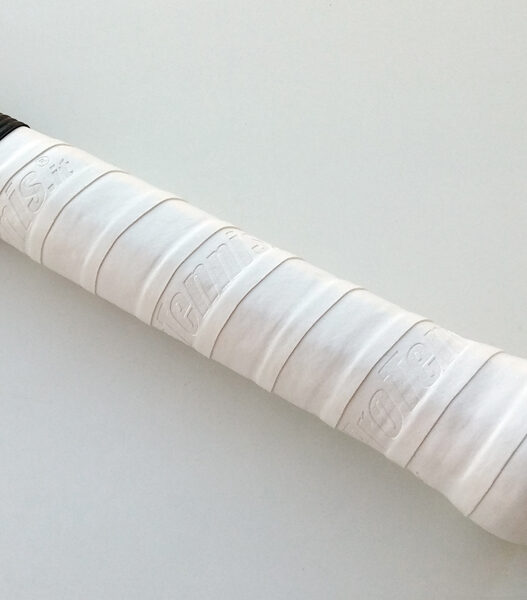Choosing the right tennis racket is just half the battle. Often overlooked but equally essential is the string tension. It significantly impacts power, control, spin, comfort, and even injury prevention. Finding your ideal tension isn’t just about performance—it can transform your entire game. Here’s our comprehensive expert guide on choosing the perfect string tension for your playing style, level, and needs.
Understanding String Tension: Why Does It Matter?
String tension refers to how tightly the strings are stretched when installed in your racket, typically measured in pounds (lbs) or kilograms (kg). Most rackets have a recommended tension range printed on the frame, usually between 45 to 65 lbs (20–29 kg).
Why does tension matter? Simply put, it determines how your racket interacts with the ball at impact. Higher tensions generally offer more control and precision, whereas lower tensions tend to deliver increased power and comfort. As tension affects the ball’s trajectory, spin potential, and your comfort level, choosing wisely is vital.
Lower Tensions: Power and Comfort
Lower tensions, generally below 52 lbs, result in a more pronounced trampoline effect. When the strings stretch and quickly rebound, they create extra energy, propelling the ball deeper into the opponent’s court with less effort from your swing. This makes low tensions excellent for players seeking additional power or those with shorter, slower swings.
During our testing at lower tensions (around 48–50 lbs), we immediately noticed increased depth, spin, and ease of generating pace. Balls came off the strings smoothly and consistently, even during off-center hits, thanks to a larger, more forgiving sweet spot. For recreational players, beginners, and seniors, this extra power can significantly enhance enjoyment and effectiveness on court.
Lower tensions are also easier on your arm, reducing vibration and impact shock. This makes them a smart choice for players prone to tennis elbow or other arm injuries.
However, the trade-off is less precise control. Balls can occasionally fly long, particularly under high-speed, aggressive swings. If you already have substantial natural power, this setup may be less predictable.
Higher Tensions: Control and Precision
Higher string tensions (58 lbs and above) reduce the trampoline effect, providing more direct, precise control. Players with fast, aggressive strokes often prefer tighter tensions because they deliver predictably flat and accurate ball trajectories.
When testing rackets strung around 60 lbs, we felt significantly more connection to each shot. Precise targeting became easier, and aggressive, heavy hitting became more controlled. Tight strings provided excellent feedback, allowing subtle adjustments and precise targeting.
However, the increased stiffness of high tensions can reduce comfort significantly. Off-center hits feel harsher, and players with slower swings may struggle to generate enough depth or spin, making it critical to pair higher tensions with robust, confident strokes.
Finding Your Starting Point: Tips for Beginners and Intermediate Players
If you’re new to string tension customization, start in the middle of your racket’s recommended tension range—usually between 50 and 55 lbs. This neutral position helps you identify your preferences clearly.
During our trials, rackets strung in this medium range provided a balanced feel, blending control and power evenly. Adjustments of just 2–3 lbs noticeably altered performance, so begin here and experiment incrementally.
Players using soft strings (like natural gut or multifilament) typically benefit from slightly higher tensions to control their inherent elasticity, while players using stiffer polyester strings might opt for tensions slightly lower to offset rigidity and maintain comfort.
Surface, Conditions, and Swing Style
String tension is not just about player style—it’s also about adapting to playing conditions. Professional players regularly adjust tension depending on the surface and weather conditions.
On clay, balls slow down and bounce higher, prompting pros to lower their tension slightly to enhance spin and depth. On faster surfaces like grass or indoor hard courts, tighter tensions can help maintain precise control against quicker balls.
Temperature also matters: warm weather softens strings, prompting pros to string slightly tighter. Conversely, cold weather makes strings less elastic, leading players to drop tension slightly for comfort.
Your swing style also plays a huge role. Fast, aggressive swingers can handle tighter tensions easily, while slower swing speeds usually benefit from lower tensions, helping generate easy power and depth.
Learning from the Pros: Current Trends
Interestingly, the average string tensions on the pro tours have dropped steadily over the past decade. Once averaging around 60 lbs, today’s pro tensions commonly hover between 44 and 52 lbs. Players like Daniil Medvedev and Carlos Alcaraz frequently string in the mid-to-low 40s to maximize spin and depth, relying heavily on spin-friendly polyester strings.
However, some power hitters and flat hitters, like Stan Wawrinka and Jannik Sinner, still prefer higher tensions around 58–62 lbs, emphasizing precision and direct feedback. Others, like Novak Djokovic and Stefanos Tsitsipas, experiment extensively, sometimes using hybrid setups—polyester mains at lower tensions combined with softer strings at higher tensions—to achieve personalized performance.
Experimenting with Hybrids: The Best of Both Worlds
Hybrid setups—pairing different string types at varying tensions—are increasingly popular. Typically, a stiffer polyester main string is combined with a softer multifilament or natural gut cross. This approach blends durability, spin, and comfort effectively.
In our hybrid tests, polyester mains around 50 lbs combined with softer gut crosses around 54 lbs provided a superb mix of spin, control, and comfort. Adjusting tension differentials can further enhance spin or comfort as desired.
Fine-Tuning Your Tension: Practical Advice
Once you’ve chosen a starting tension, fine-tune incrementally—typically in steps of 2–3 lbs—to zero in on the optimal feel. Also, consider restringing regularly (approximately every 40 hours of play or if strings noticeably lose their performance), as tension decreases gradually over time.
Regular restringing helps maintain consistent performance and ensures your racket always feels familiar, reliable, and predictable, significantly benefiting match play.
Key Takeaways for Every Player
- Lower Tension (below 50 lbs): Ideal for comfort, power, and spin—best suited for beginners, intermediates, seniors, or those prone to arm issues.
- Medium Tension (50–55 lbs): Offers balanced performance, suitable for most recreational and club players who want an all-around racket feel.
- Higher Tension (above 58 lbs): Provides maximum precision and control for experienced, aggressive players who have the technique to handle tighter strings.
Conclusion: Embrace the Experiment
Choosing the perfect string tension is as much art as it is science. Your ideal tension depends heavily on personal preference, playing style, and physical comfort. Don’t hesitate to experiment gradually until you find the tension that feels right for you. Remember, subtle changes can lead to significant improvements on the court.
When you invest a bit of time in fine-tuning your string tension, the payback is noticeable. With careful testing, you’ll soon find the sweet spot that enhances every aspect of your game.
Ready to find your perfect tension? Feel free to ask for personalized advice, string recommendations, or demo setups—we’re always here to help you dial in your best performance.




